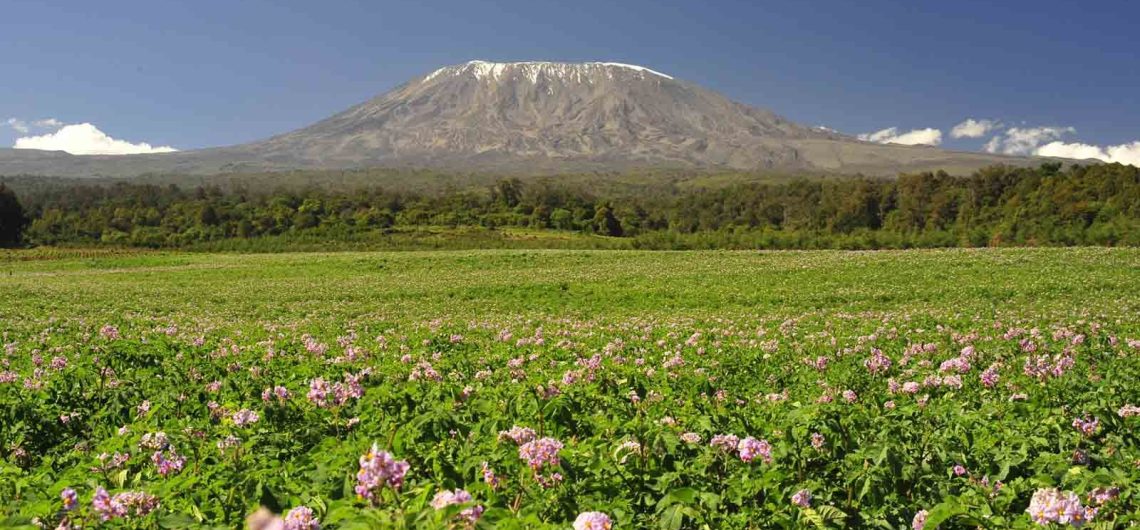Historians gathered today for the annual meeting of the Historical Association of Tanzania (HAT), which was a clarion call that rang out throughout the room.
It is imperative that the narrative be reclaimed and that there be no room for dispute that Mount Kilimanjaro, the magnificent crown gem of Africa, is proudly located in Tanzania and not in Kenya.
Speaking on behalf of the honoree, Siston Masanja, chief executive of the Agency for the Development of Educational Management (ADEM), emphasized the critical necessity for the Ministry of Natural Resources and Tourism to work together with the Higher Education Administration (HAT).
Their objective is to demonstrate unequivocally to the entire world that the snow-capped colossus, which stands at 5,895 meters, fits in perfectly.
As Masanja related his experience in Europe, he stated, “I’ve personally come across this misunderstanding. “Mention East Africa, and instantly people assume it’s Kenya where Kilimanjaro sits.” He admitted that correcting this persistent attribution was not easy.
However, there is a lot at stake. Masanja underlined that the Humanities and Arts Trust (HAT) bears a significant responsibility both as educators and as protectors of Tanzania’s history. They form knowledge and shape the basic concepts of identity and national pride in both the current generation and the generations to come.
When he addressed the historians, he said, “Your expertise is essential in several different ways.” You provide an authentic narrative of our journey toward nation-building, maintain our rich communal and national history, and most importantly, inspire critical thinking founded on true data.
Is Mount Kilimanjaro in Kenya or Tanzania?
The conference’s main topic, “Decolonizing History Teaching and Learning: Opportunities and Challenges,” struck a chord with many people.
Masanja emphasized that Tanzania’s unity and identity require an appropriate interpretation free from distortions prevalent during the colonial era.
Dr. Oswald Masebo, President of the HAT, was in agreement with this sentiment. He referred to their conference in Dodoma in 2019, which focused on the significant role that history education plays in developing patriotism and a sense of national consciousness.
Dr. Masebo bemoaned the general public’s lack of interest in Tanzanian history: “Young people’s awareness of our foundation story is alarmingly low.” The nation was reminded of its rich legacy, which included victories, difficulties, and lessons learned, all of which were woven into the fabric of its identity from the beginning.
He declared that history is not merely a stale chronicle of the past. This topic is a living one that influences both our present and our future. It is the foundation upon which our safety, course of action, and power on the international scene are built.
Who gifted Mount Kilimanjaro to Tanzania?
![]()


Comments